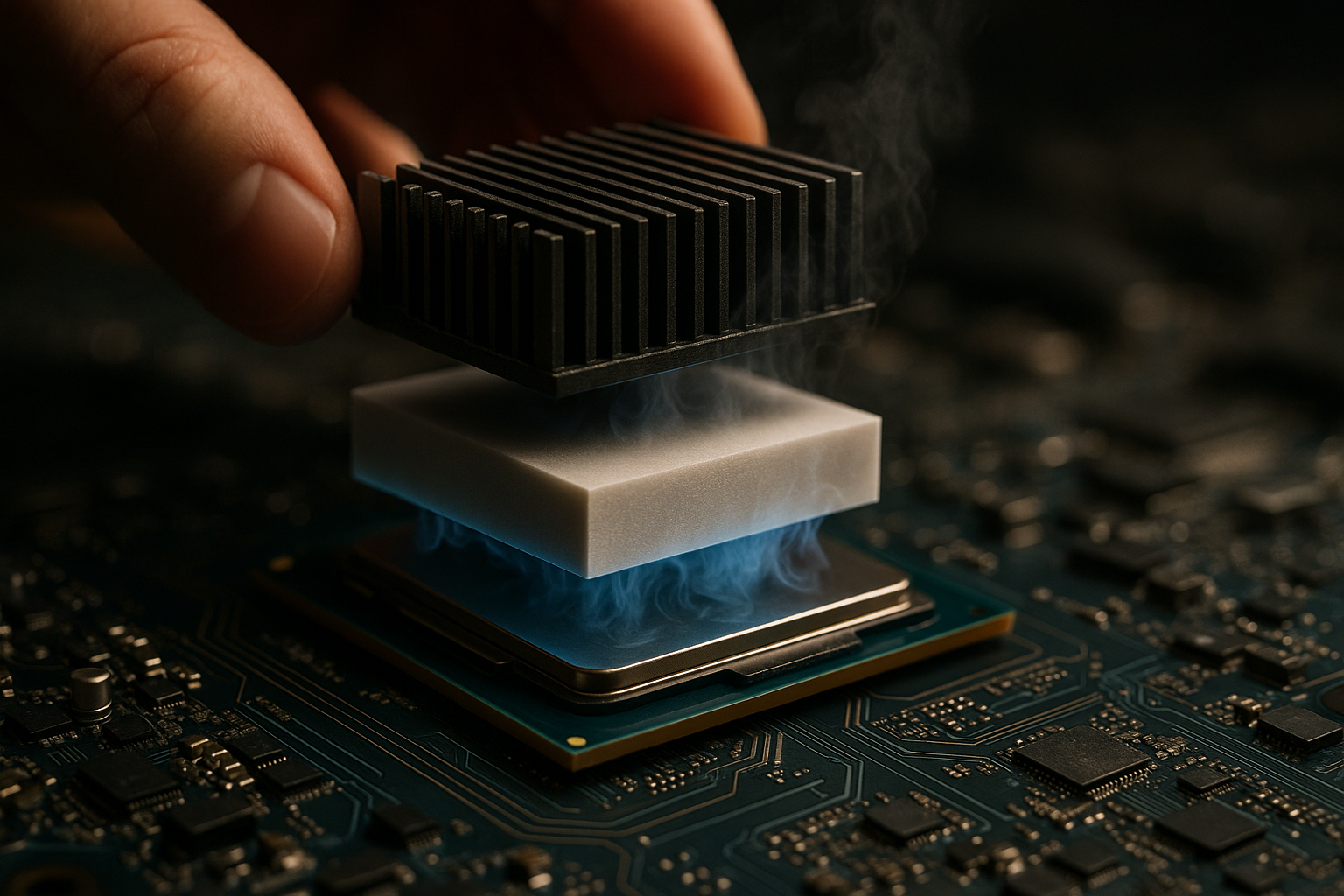"The Silent Surge of Thermoelectric Cooling in Tech"
A quiet revolution is underway in the tech industry. Thermoelectric cooling, once a concept relegated to science fiction, is rapidly becoming a reality in modern gadgets. Here's an in-depth look at the development, current applications, and future implications of this fascinating technology.

The Past: Tracing the Roots of Thermoelectric Cooling
Thermoelectric cooling, or Peltier cooling, is named after Jean Charles Athanase Peltier, a French physicist who discovered the Peltier effect in the 19th century. This effect occurs when an electric current passes through a circuit of two different materials, causing a heat transfer which cools one side of the device and warms the other. The concept remained largely theoretical until the 20th century, when advances in semiconductor technology made Peltier cooling a practical reality.
The Present: Thermoelectric Cooling in Today’s Tech
Currently, thermoelectric cooling is used in a wide range of applications. It’s found in everything from portable wine coolers to high-end science equipment. The technology is even starting to make its way into personal computers, where it’s used to cool high-performance processors. As per a recent report, the global thermoelectric module market is projected to grow from USD 593 million in 2020 to USD 872 million by 2025, at a CAGR of 8.0%.
The Product: Thermoelectric Cooling in Personal Computers
One of the most exciting applications of thermoelectric cooling is in the realm of personal computers. For gamers and other high-performance users, maintaining optimal temperatures is crucial. Thermoelectric coolers (TECs) are gaining popularity for their ability to cool components more efficiently and quietly than traditional cooling methods. A TEC equipped computer system can range from $2000 to $5000, depending on the other components and specifications.
The Future: Expanding Applications and Market Impact
The future of thermoelectric cooling is full of potential. Researchers are developing more efficient materials and designs that could greatly enhance the cooling capabilities of TECs. This technology could eventually replace traditional cooling methods in a variety of industries, leading to quieter, more efficient devices. The potential market impact is significant, with the thermoelectric cooling industry expected to reach a worth of $3.5 billion by 2025.
The Verdict: Thermoelectric Cooling is the Quiet Revolution in Tech
Thermoelectric cooling is a silent surge in the tech world, revolutionizing how we cool our devices. From its historical roots to its current applications and future possibilities, this technology is making waves and is set to become a game-changer. As consumers and tech enthusiasts, it’s a development worth keeping an eye on as it could redefine our relationship with our devices, making them cooler, quieter, and more efficient.




